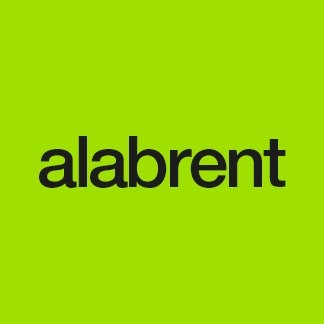Redacción Alabrent
“Labelexpo events around the globe are an excellent platform for introducing labels & packaging converters and brands to new and innovative technologies, and we are delighted to be participating in the first ever Southeast Asian Labelexpo,” states Sam Yamamoto, Senior Sales Manager for Asahi Asia & Pacific Region. “It is especially good timing for us to introduce that region to our environmentally sustainable water-washable plate technologies since governments there are gearing up to increase environmental regulations. At the show, our experts will be on hand to help visitors better understand how Asahi AWP™ plates can improve environmental sustainability, overall equipment effectiveness (OEE) and organizational profitability without any compromise in quality. Visitors to our stand will also be able to see printed application examples and get advice from our experts about the best plates for their individual needs.”Asahi experts will also be available to speak with visitors about the benefits of fixed colour palette printing, which uses a fixed palette of up to seven inks to virtually eliminate the need for spot colour inks. Because it uses a fixed set of inks, there is no wash-up required between jobs, and combo jobs are made easier. In addition, there is significantly less waste in the printing process, improving throughput and productivity. Asahi plates with Clean Transfer Technology deliver the precise plate-to-plate register required to implement this printing process successfully. “In our opinion,” adds Mr. Yamamoto, “this is the future of flexography, especially in label printing where digital printing has made significant inroads; it favourably positions flexography to compete with digital printing for all but the very shortest runs. This will be especially beneficial in Southeast Asia as the label market there continues to mature.”
At the show…
At Labelexpo Southeast Asia, Asahi Photoproducts will be showing the AWP™-DEW plate solution, incorporating the renowned quality properties of AWP™-DEF plates with the addition of a faster plate processing speed, making this plate ideal for labels and packaging operations with higher plate throughput who are looking to achieve significant quality and OEE benefits.
Voice of the Customer
Colognia Press is a Czech-based label converter and satisfied Asahi customer who needed to find a way to improve OEE. “With the flexo plates we were using, we had excessive stop times to clean or replace plates,” says Bohdan Holona, Manager of Desktop Publishing. “For long-run jobs, this meant that half of the time to produce the job was downtime. And even for shorter runs, we were not happy with the consistency from beginning to end of the job, often requiring press stops to clean plates or otherwise adjust quality.” After looking at several alternate solutions, Holona reports the company chose to implement the Asahi AWP™ platemaking system. “Now,” he says, “We can run a full 10-kilometre job without stopping. We even ran a 22-hour job with one set of plates, no stops, and very consistent quality from beginning to end. It’s been amazing!”
Clean Transfer Technology: The Details
A feature of many of Asahi’s flexographic printing plates, Clean Transfer Technology enables a clean ink transfer and prevents ink accumulating on the plate surfaces and shoulders in screen areas. This leads to fewer cleaning intervals and reduced press downtime, as well as significant quality improvements. Precise plate register achieved with Asahi plates ensures very high quality process printing with a fixed colour palette, minimizing the need to use and manage spot colour inks.
Clean Transfer Technology allows a kiss-touch printing pressure setting. It makes use of low plate surface tension, made possible by a specially engineered Asahi polymer chemistry, to inhibit liquid flow. The ink forms a globule, with a large contact angle and high pinning point. This results in a cleaner and more homogeneous ink transfer from plate to substrate, helping flexographic printers meet the ever-increasing quality demands of their customers.



